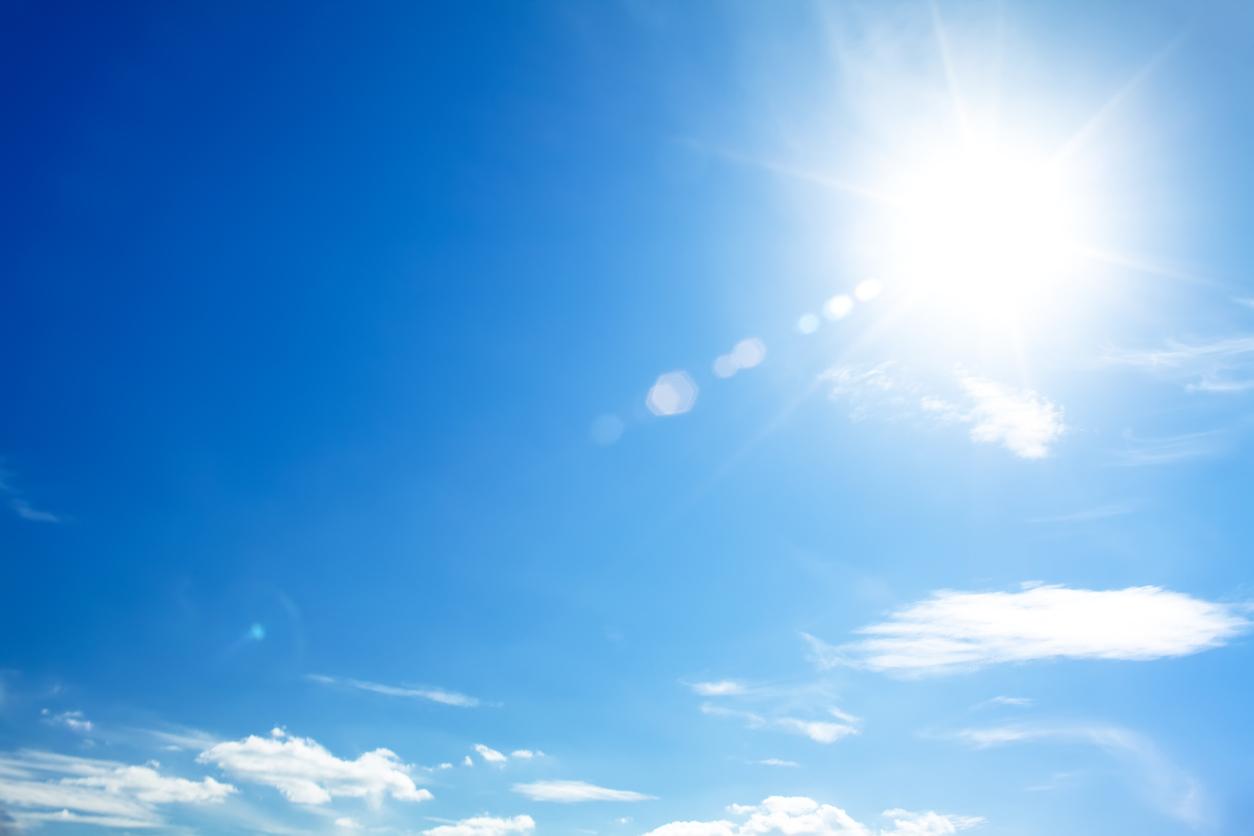
June 3, 2010 – Consumers should be wary of sun products that have a sun protection factor (SPF) of 50 and above, according to an Environmental Working Group report1 which carried out its annual test bench on sunscreens.
The American organization has observed that these products are more and more numerous on the market (33% more this year) and that they display a higher SPF than their real protection. In a draft drafted by the Food and Drug Administration (FDA) – in view of its upcoming regulation on sun products (see box below) -, we can read that beyond an SPF of 50, no test demonstrated additional protection, notes the environmental group.
These sunscreens also provide a false sense of security, the body argues. As a result, people tend to stay in the sun longer, apply – and reinsert – less sunscreen. They therefore absorb more of the sun’s rays at the end of the day.
Plus, people only use a quarter of the amount needed for good protection. A factor of 100 would therefore in fact be equivalent to an SPF of 3.2; a factor of 30, at SPF of 2.3; and a factor of 15, at an FPS of 2, can we read in the report.
Health risks?
In addition, the group accuses several products of containing ingredients that may pose health risks, particularly for children. He noted the presence of a form of vitamin A (retinyl palmitate) which, according to tests conducted on mice by the FDA, would be unstable in the sun and increase damage to the skin.
Another offending ingredient: oxybenzone. In recent years, several studies have concluded that this element can cause allergies and behave, inside the body, like estrogen. It is therefore to be avoided in children.
The group recommends in particular products containing zinc oxide or titanium dioxide which are not absorbed by the skin and also protect against UVA rays.
The organization tested 1,400 products of all kinds: creams, applicator sticks, sprays, etc. They are classified into 3 categories: Recommended, Mediocre and Avoid. Only 39 products – in the categories “beach screens” and “sports screens” – are among the recommended products.
To see the list: www.ewg.org/2010sunscreen/best-beach-sport-sunscreens.
|
New regulations In the United States, the Food and Drug Administration (FDA) announced in June 2011 the main lines of its new legislation concerning the labeling of sunscreen products. This new legislation was made necessary, since the information provided until then by the sun protection factor (SPF) only concerned UVB, responsible for sunburn, but did not say anything about protection against UVA. UVA and UVB rays harm the skin differently, but both cause skin changes that can lead to skin cancer. Here are the main changes to note:
|
|
To find out more about sun products, see our file: Sun strategies: with and without cream. |
Claudia Morissette – PasseportSanté.net
Updated: June 16, 2011
1. The Environmental Working Group is an American non-profit organization dedicated to environmental research. For more information: www.ewg.org.
2. To view the report: www.ewg.org/2010sunscreen/full-report.

















